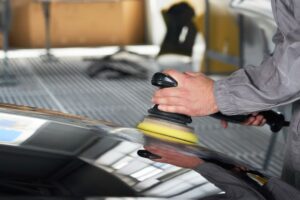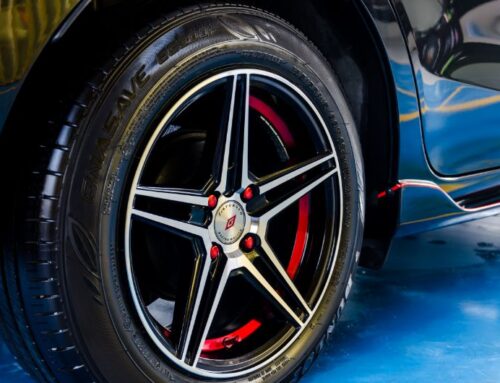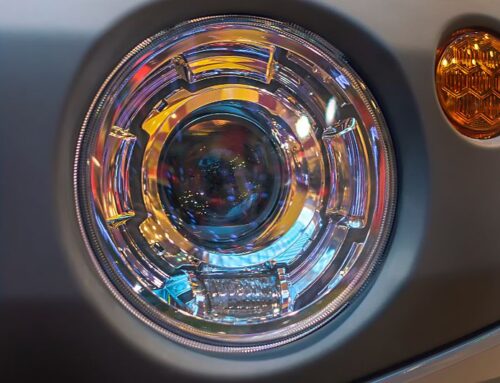It is possible to polish your car too much. There are a few ways to assess whether you have gone too far. For instance, you can use your thumb to feel for swirls and scratches. If you move your thumb across a deep scratch, you should hear a sound. If it is light, then you should polish less. If you’re unsure, you can also use a bright torch in the garage to check the scratches. If it is dark, they will be more visible.
Avoiding polishing your car too much
It is important to avoid polishing your car too much. It can reduce the clear coat of the car and lower its value. Also, excessive polishing can cause swirl marks, holograms, and buffer trails. Luckily, there are many ways to remove oxidation without damaging the paint.
First of all, you should make sure to clean the car properly before applying polish. You should also make sure that water is not on the surface because water can ruin the finish of the clear coat. It is also important to avoid scratching the surface. Overcoating the surface will create a sticky mess that can cause injury to you and your car.
Always use a good quality soap to clean the surface of the car before applying polish. Never use dish soap or cheap polish because they can scratch the surface. Instead, buy high-quality polish that offers a guarantee to protect the surface. Make sure you read reviews on the polish before purchasing it.
Another way to avoid polishing your car too much is by studying the effects of each polishing pad before you start. Make sure to start with the least aggressive pad and slowly build up the polish. If you do this, you will be able to preserve the clear coat while removing swirl marks.
Damage to clear coat
 There are a lot of factors that can damage the clear coat of your car. Most auto manufacturers put special protection into their formulas to prevent the clear coat from being damaged. It’s important to protect your paint from damage and to avoid over-polishing your car. In addition to following manufacturer guidelines, you should use a good car wash soap, such as M.A.X. Power Car Wash, to protect your car’s finish and prevent scratches.
There are a lot of factors that can damage the clear coat of your car. Most auto manufacturers put special protection into their formulas to prevent the clear coat from being damaged. It’s important to protect your paint from damage and to avoid over-polishing your car. In addition to following manufacturer guidelines, you should use a good car wash soap, such as M.A.X. Power Car Wash, to protect your car’s finish and prevent scratches.
One of the biggest problems you can encounter while polishing your car is damage to the clear coat. If the clear coat is damaged, it can lead to paint problems and costly repairs. You should never try to repair a damaged clear coat on your car yourself, as it will only make the damage worse.
A simple solution for the problem is to apply a paint correction treatment. This process utilizes a machine and various compounds to remove damage to the clear coat. The paint correction process will also restore shine and gloss. Different levels of correction are available based on the amount of damage your car has. A light touch can hide some of the damage, while a full paint correction will eliminate almost all imperfections.
Over-polishing your car will strip off the clear coat and expose the colour paint underneath. Without this clear coat, this colour will stand out, causing it to look like a large blemish on your car’s paintwork. As such, it’s essential to learn about the correct amount of clear coat removal.
Mistakes to avoid
Before you start polishing your car, you need to thoroughly clean the surface. A dirty surface is prone to scratches and dings. Use a good automotive cleaning solution to get rid of all dirt and grime. Then, dry the surface thoroughly with a clean washcloth. You should also be careful about polishing products, as cheap ones may have tempting offers.
Polishing your car is an essential part of car detailing, but there are several mistakes that can ruin the look of your car. Always wash your car first and use automotive cleaning chemicals to remove excess oil and dirt. If you do this improperly, your paint job could be scratched and look unprofessional.
When polishing your car, you must ensure that you thoroughly clean the wheels and tires before you start. This will avoid splashing the car polish onto them and causing uneven streaks. Also, you must apply the polish with a proper applicator, instead of directly on the surface of the car. Avoid using a dry towel to wipe your car, as it contains embedded dirt particles that can cause scratches.
While many experts recommend polishing your car once or twice a year, the frequency of the process depends on the type of paint and how often you drive or park it. Excessive polishing can wear the paint and weaken its protective coating. It is also important to check the paint condition before polishing your car.





